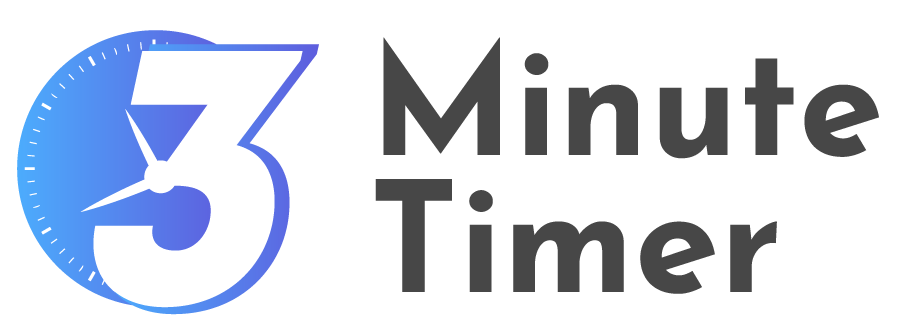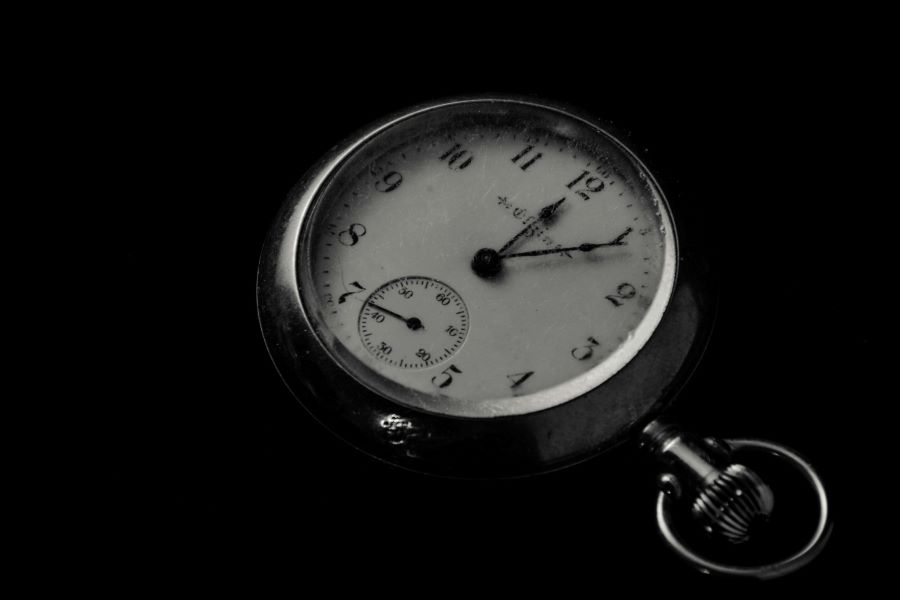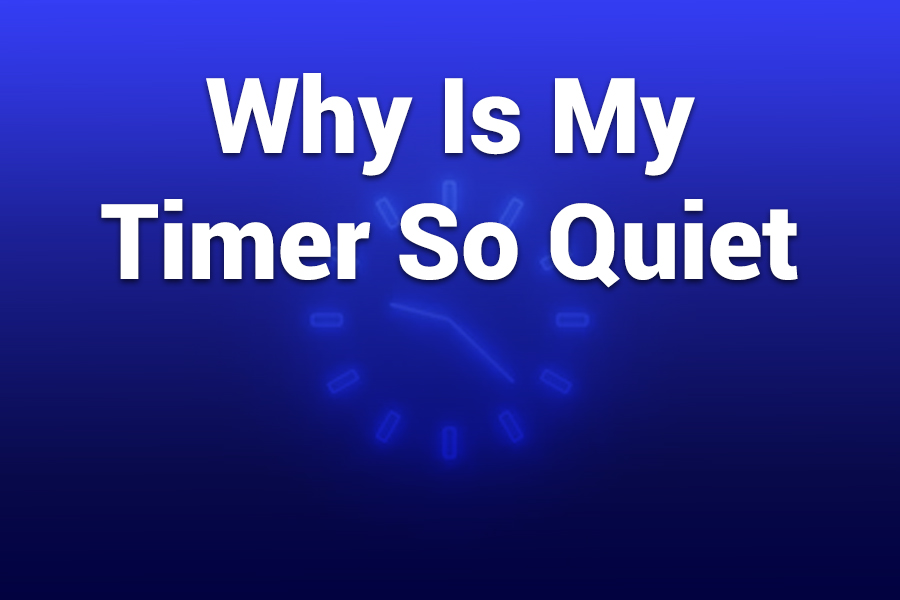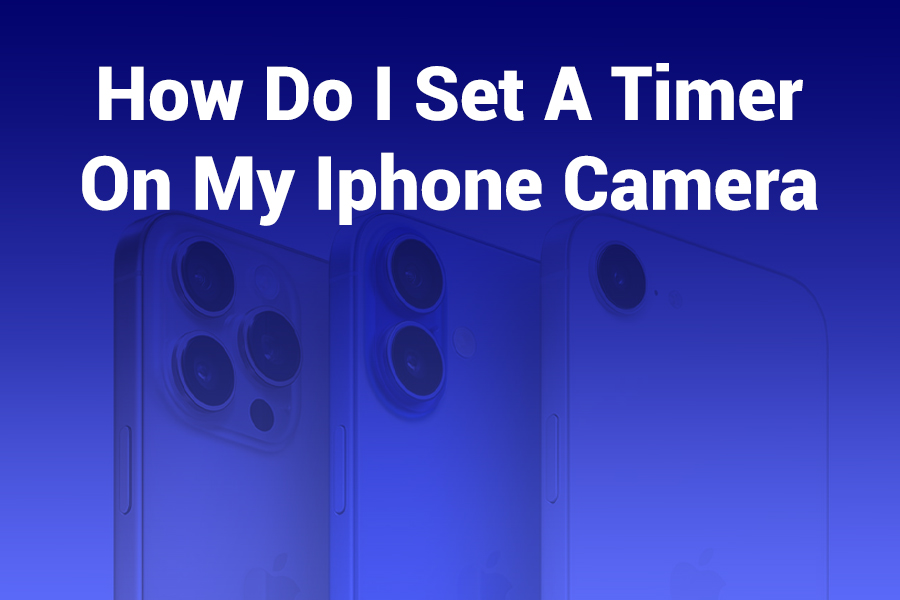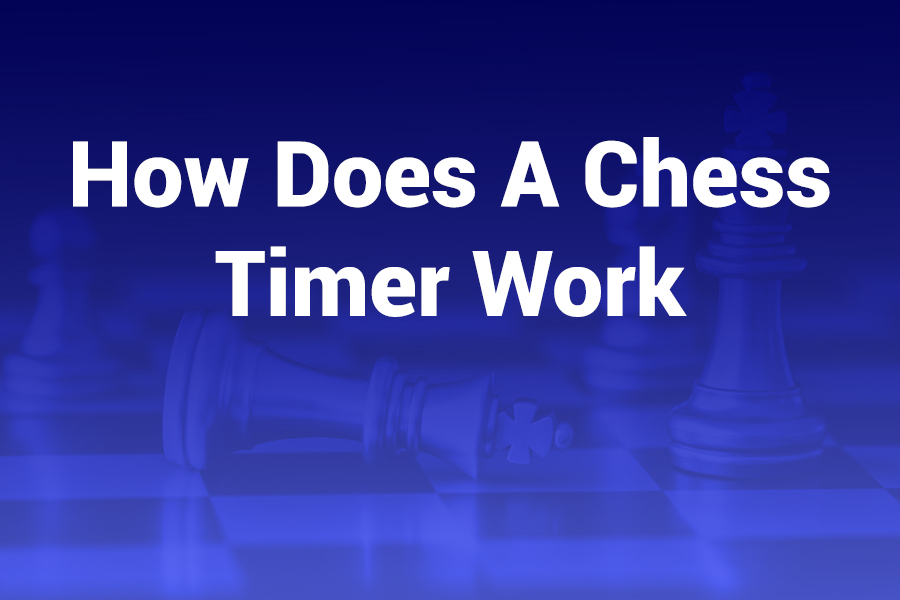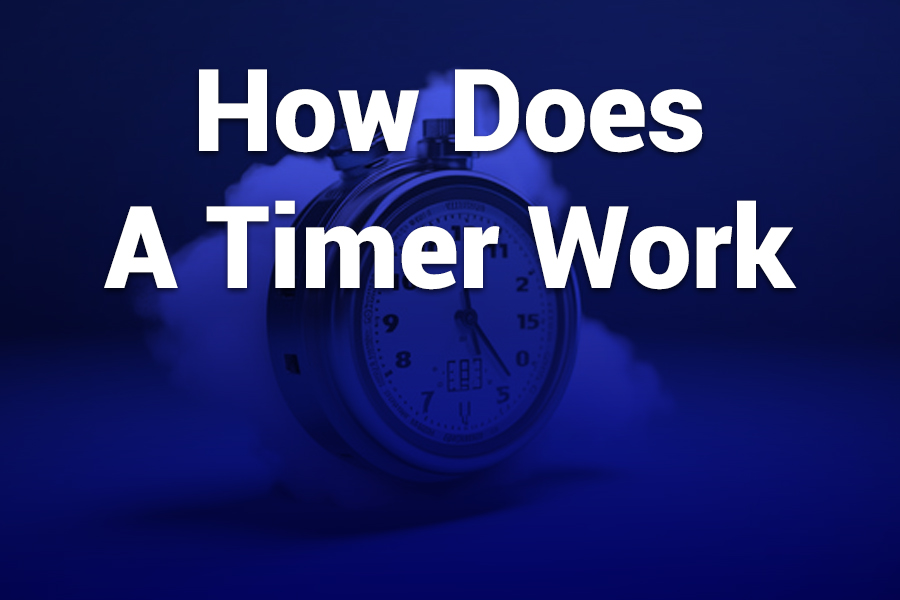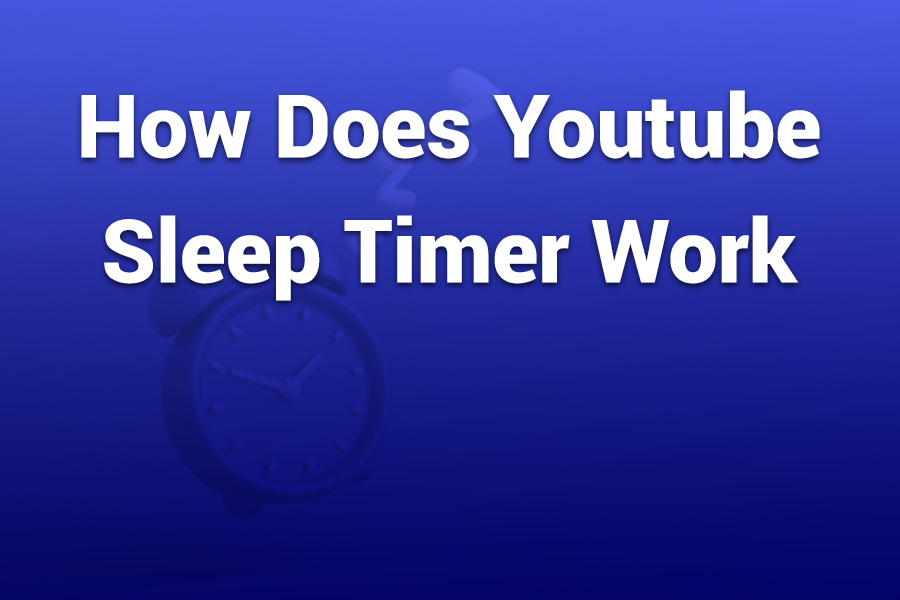Why 3 Minutes is the Perfect Interval
Three minutes strikes a perfect balance in the world of time management. It's short enough to maintain focus but long enough to accomplish meaningful work. Here's why the 3-minute interval has gained popularity:
Optimal Focus Duration
Research suggests that our brains can maintain intense focus for short bursts. Three minutes is long enough to make progress without mental fatigue.
Task Breakdown
Breaking larger tasks into 3-minute segments makes them less overwhelming and more approachable, helping overcome procrastination.
Productivity Boost
The time constraint creates a sense of urgency that can increase productivity and efficiency in completing tasks.
The psychology behind timed intervals is well-established. When we know we only need to focus for a short, defined period, our brain is more willing to engage fully with the task at hand. This makes 3-minute timers particularly effective for tasks we tend to avoid or for building new habits.
Different Ways to Set a 3-Minute Timer
Setting a 3-minute timer has never been easier with today's technology. Here are several methods you can use:
Smartphone Timer
Both iOS and Android devices come with built-in timer apps. Simply open your clock app, select the timer function, set it for 3 minutes, and tap start.
Online Timer Websites
Websites like 3minutetimer.online offer dedicated timers that are optimized for this specific duration. They often include visual and audio alerts when time is up.
Voice Assistants
Simply say "Hey Siri," "OK Google," or "Alexa, set a timer for 3 minutes" to instantly start a countdown without touching any devices.
Physical Timer
Traditional kitchen timers, digital timers, or even sand timers can be set for 3 minutes for a tech-free approach to time management.
Desktop Applications
Productivity apps like Focus Booster, Be Focused, or Simple Timer offer customizable timers with additional features like task tracking.
Smartwatch
Apple Watch, Fitbit, and other smartwatches allow you to set timers directly from your wrist for maximum convenience.
Practical Applications of a 3-Minute Timer
The versatility of a 3-minute timer makes it useful in countless scenarios. Here are some practical ways to incorporate this tool into your daily life:
Productivity Boosters
- Micro-Pomodoro Technique: Use 3-minute focused work sessions with short breaks in between to tackle difficult or tedious tasks.
- Email Management: Allocate 3 minutes to process a batch of emails without getting sidetracked.
- Desk Organization: Set a timer to quickly tidy your workspace before starting work.
- Decision Making: When stuck between options, give yourself 3 minutes to make a final decision and move forward.
- Brainstorming Sessions: Use 3-minute intervals for rapid idea generation without self-editing.
Fitness and Exercise
- High-Intensity Intervals: 3-minute bursts of intense exercise followed by rest periods.
- Stretching Routines: Hold deep stretches for 3 minutes to improve flexibility.
- Plank Challenges: Build core strength by holding planks for increasing durations, working up to 3 minutes.
- Jump Rope Cardio: 3-minute jump rope intervals can burn calories efficiently.
- Recovery Periods: Time rest intervals between exercise sets for optimal recovery.
Cooking and Food Preparation
- Soft-Boiled Eggs: 3 minutes is the classic timing for perfect soft-boiled eggs.
- Steeping Tea: Many teas require exactly 3 minutes for optimal flavor extraction.
- Resting Meat: Let certain cooked meats rest for 3 minutes before cutting.
- Quick Marinades: Some ingredients can absorb flavors in just 3 minutes.
- Microwave Cooking: Many microwave recipes require approximately 3-minute cooking times.
Parenting Techniques
- Toothbrushing Timer: Ensure kids brush their teeth for the dentist-recommended time.
- Time-Out Duration: 3 minutes is often recommended as an appropriate time-out length for young children.
- Cleanup Races: Make tidying fun by challenging kids to clean up as much as possible in 3 minutes.
- Transition Warnings: Give a 3-minute warning before changing activities to help children prepare.
- Quick Storytime: Short 3-minute stories can be perfect for busy moments or bedtime routines.
Mindfulness and Mental Health
- Breathing Exercises: 3-minute deep breathing can quickly reduce stress and anxiety.
- Meditation: Short meditation sessions are perfect for beginners or busy schedules.
- Gratitude Practice: Take 3 minutes to write down things you're grateful for.
- Worry Time: Allocate 3 minutes to acknowledge worries, then move on with your day.
- Mindful Observation: Focus completely on observing one object or scene for 3 minutes to practice presence.
The Science Behind Short Timed Intervals
The effectiveness of short timed intervals like 3 minutes isn't just anecdotal—it's backed by cognitive science and productivity research:

Attention Span Optimization
Studies show that the average adult attention span for focused work ranges from 5 to 20 minutes before a natural dip occurs. By working in 3-minute intervals, you're operating well within this optimal zone, maximizing cognitive resources before they begin to deplete.
The Zeigarnik Effect
Psychologist Bluma Zeigarnik discovered that people remember uncompleted tasks better than completed ones. Short timed intervals leverage this effect—our brains remain engaged with tasks that feel "in progress," increasing focus and reducing the tendency to procrastinate.
Parkinson's Law
This principle states that "work expands to fill the time available for its completion." By constraining tasks to 3-minute intervals, you create artificial deadlines that combat perfectionism and encourage efficiency.
"The key is not to prioritize what's on your schedule, but to schedule your priorities."— Stephen Covey
Tips for Making the Most of 3-Minute Intervals
To maximize the effectiveness of your 3-minute timer, consider these strategies:
Prepare Before You Start
Take a moment to gather everything you need before starting your timer. Having all necessary tools and materials ready ensures you can use the full 3 minutes productively rather than searching for items.
Set Clear, Achievable Goals
Define exactly what you want to accomplish in each 3-minute interval. The goal should be specific and realistic for the timeframe.
Eliminate Distractions
For maximum effectiveness, remove potential interruptions during your 3-minute focus periods. Put your phone on silent, close unnecessary browser tabs, and let others know you need a few minutes of uninterrupted time.
Chain Multiple Intervals
For larger tasks, use consecutive 3-minute intervals with short breaks in between. This approach maintains focus while preventing mental fatigue.
Track Your Progress
Keep a record of what you accomplish during your 3-minute intervals. This creates accountability and provides motivation as you see your productivity increase over time.
Building a 3-Minute Habit
One of the most powerful applications of a 3-minute timer is using it to establish new habits. The brief time commitment makes it easier to overcome resistance and build consistency:
Start Small
Begin with just one 3-minute session per day dedicated to your new habit. The brevity makes it almost impossible to say "I don't have time."
Attach to Existing Routines
Link your 3-minute habit to something you already do daily, like brushing your teeth or making coffee. This creates a natural trigger.
Focus on Consistency
Aim to never miss a day, even if you only do the minimum 3 minutes. Consistency builds neural pathways faster than occasional longer sessions.
Gradually Extend
Once the habit is established, you can optionally increase the duration. Many people find they naturally want to continue past the 3-minute mark.
Celebrate Streaks
Track and celebrate consecutive days of your 3-minute habit. Visual progress trackers can be highly motivating.
Examples of 3-Minute Habits
Reading
Just 3 minutes of daily reading can help you finish several books per year.
Exercise
Quick bodyweight exercises like squats or push-ups can improve fitness over time.
Language Learning
Review vocabulary or practice pronunciation for consistent progress.
Decluttering
Tackle one small area each day to gradually organize your entire space.
Journaling
Brief daily reflections can improve mental clarity and emotional awareness.
Meditation
Even short meditation sessions provide meaningful mental health benefits.
Conclusion: The Power of Three Minutes
Don't underestimate what can be accomplished in just three minutes. This seemingly brief interval, when used intentionally, can transform your productivity, help establish lasting habits, and improve your daily life in countless ways.
The beauty of the 3-minute timer lies in its accessibility—it's short enough to fit into even the busiest schedule, yet long enough to make meaningful progress. By breaking down larger tasks into 3-minute segments, you can overcome procrastination, maintain focus, and build momentum toward your goals.
Whether you're using a smartphone app, a voice assistant, or a physical timer, the key is consistency and intention. Start small, be specific about what you want to accomplish, and watch as these short intervals compound into significant results over time.
So the next time you find yourself putting off a task or feeling overwhelmed by a project, ask yourself: "Can I set a timer for 3 minutes?" The answer is yes—and those 3 minutes might be all you need to get started on the path to success.
